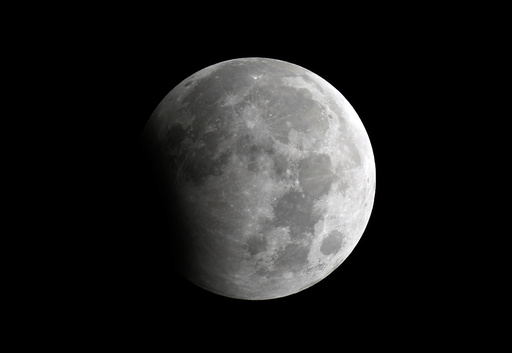Get prepared to witness a combined event of a partial lunar eclipse and a supermoon. The phenomenon will be visible in clear skies over North and South America on Tuesday night and in Africa and Europe on Wednesday morning. A partial lunar eclipse occurs when the Earth moves between the sun and the moon, causing a shadow to darken a portion of the moon, giving the impression of a “bite” being taken out of it. Additionally, as the moon moves closer to Earth, it will appear slightly larger in the sky, termed as a supermoon, one of the three remaining occurrences this year.
According to Valerie Rapson, an astronomer at the State University of New York at Oneonta, due to the blockage of some of the sun’s light, the moon will appear somewhat dimmer during the eclipse. NASA indicates that the Earth, moon, and sun align to produce a solar or lunar eclipse approximately four to seven times a year. This lunar eclipse is the second and final one of the year, following a partial darkening in March and a total solar eclipse that cast shadows over certain areas in North America in April.
Unlike a solar eclipse, no special eye protection is necessary to observe a lunar eclipse. Observers can gaze at the moon with the naked eye or enhance their viewing experience with binoculars or telescopes. For those interested in discerning the moon’s gradual reduction in size, spending a few hours outside or checking multiple times throughout the evening is recommended, as per KaChun Yu, curator at the Denver Museum of Nature and Science. For a more dramatic astronomical event, skywatchers can anticipate March 13, when a total lunar eclipse will occur, turning the moon red as it passes through the Earth’s shadow and reflects dispersed sunlight filtering through the planet’s atmosphere.
